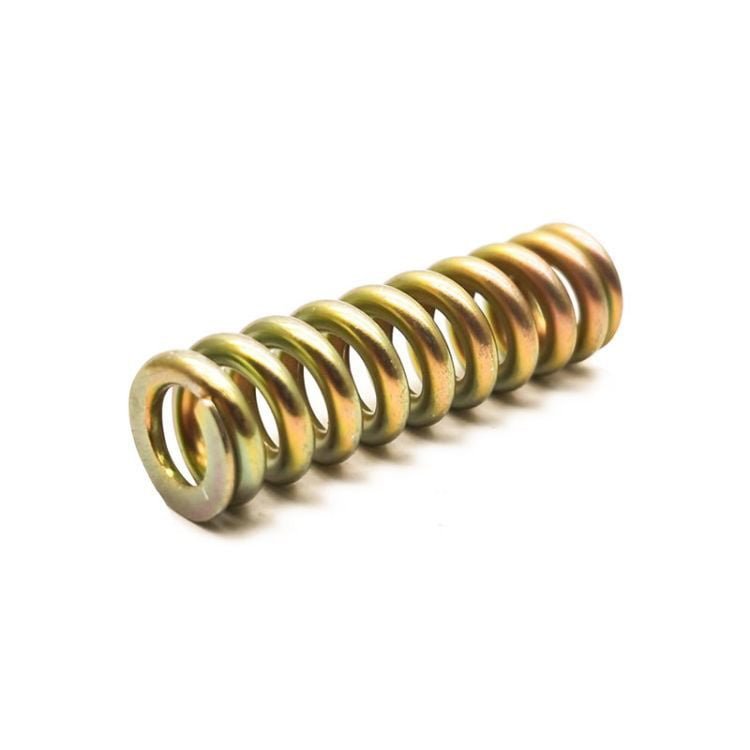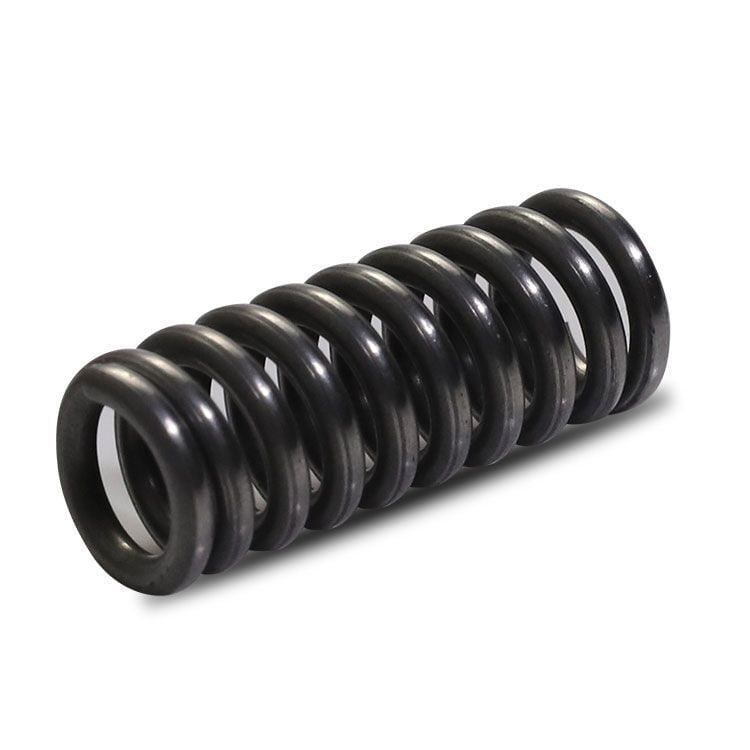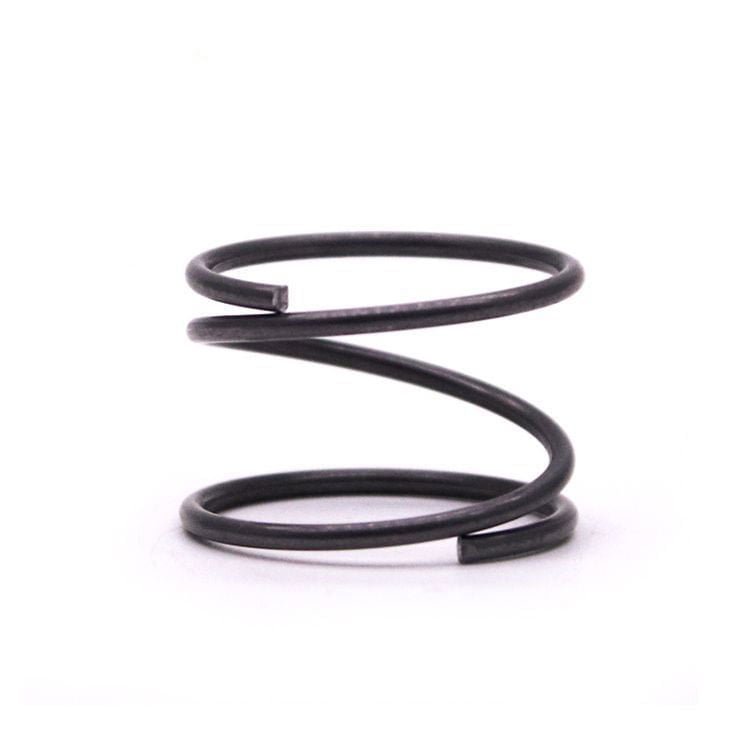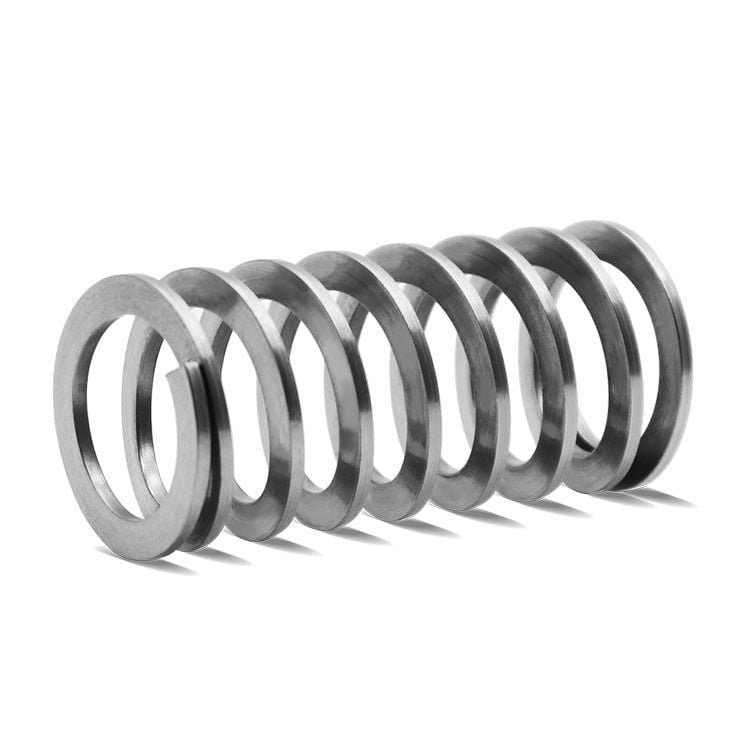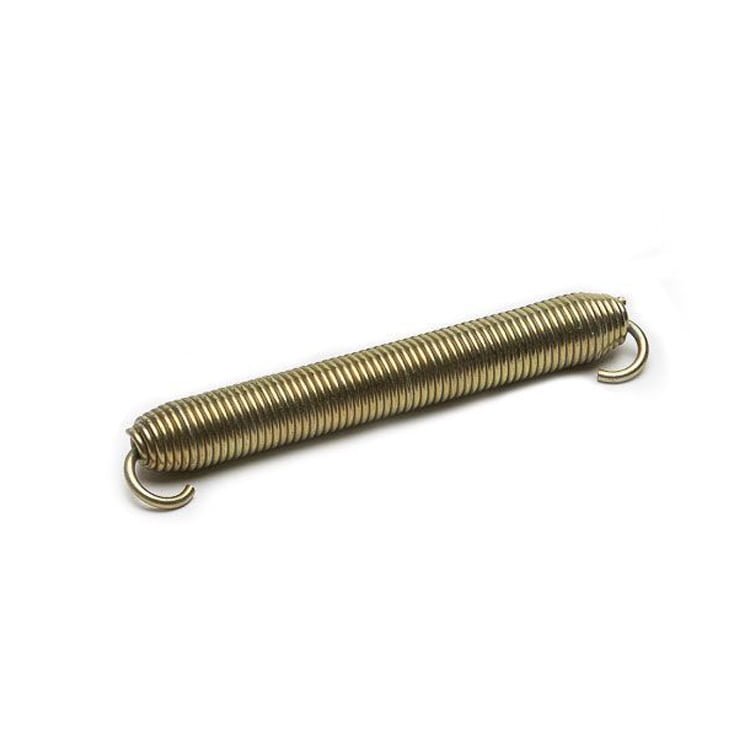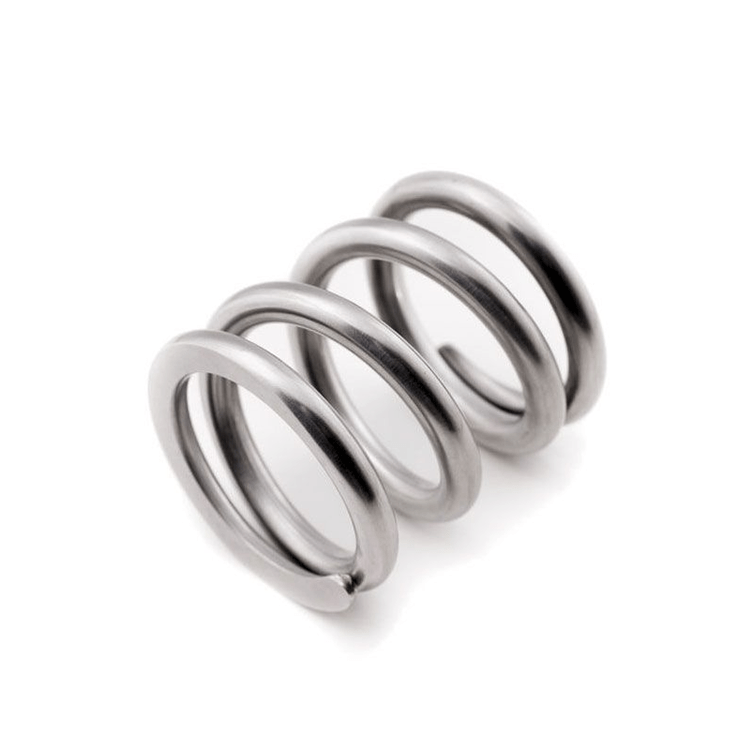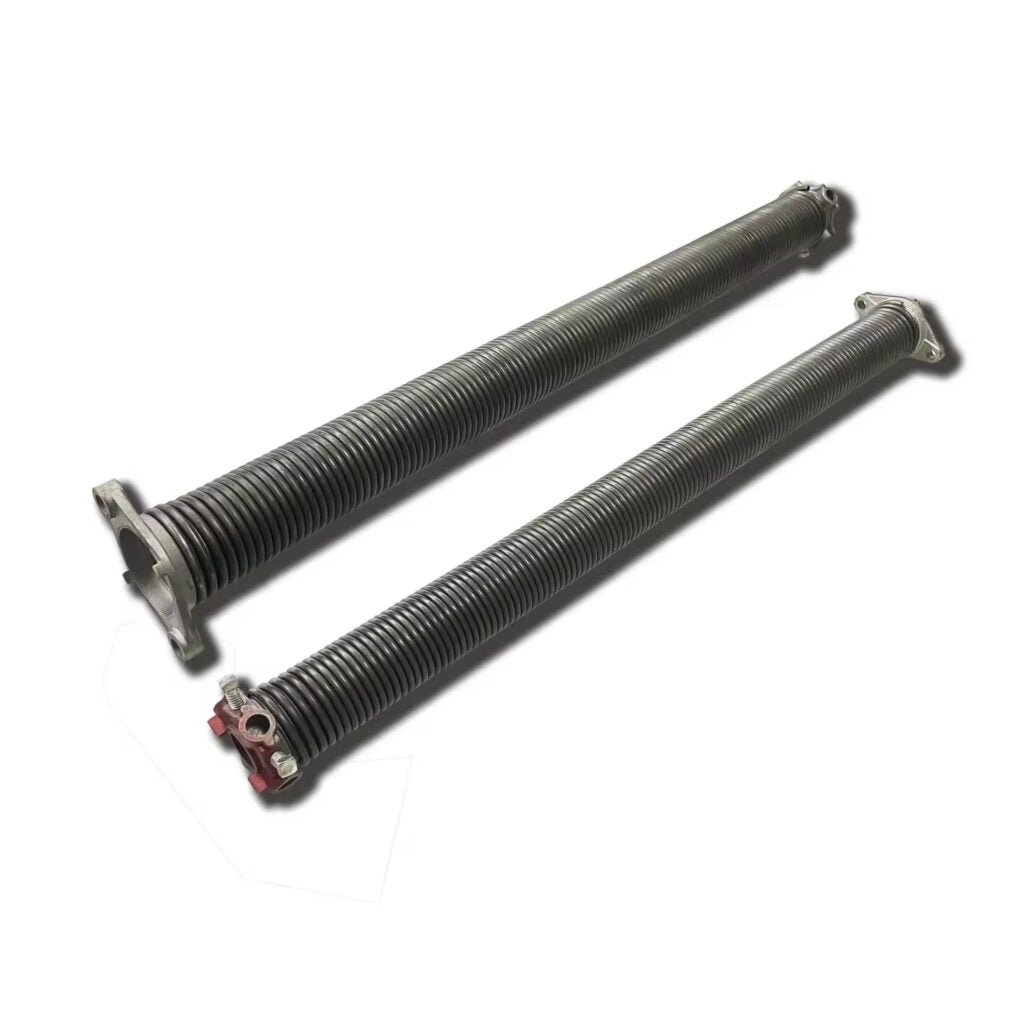Self locking retaining ring
The self locking retaining ring is a kind of mechanical part that can automatically maintain a fixed state in specific circumstances. It achieves the self-locking effect through a specific mechanical structure, thereby ensuring the stability and safety of the connection.
Self locking retaining ring are highly suitable for applications with high requirements for rotation. This feature allows the retaining rings to work properly at speeds exceeding the recommended rotational capacity. Self locking retaining ring can operate at high speeds, withstand vibrations, function under rapid acceleration and absorb a certain degree of impact load.
The self locking retaining ring is specially designed for applications with high rotational capacity. This retaining ring enables engineers to design with high rotational speed requirements safely and easily, and is easy to assemble to achieve high output.
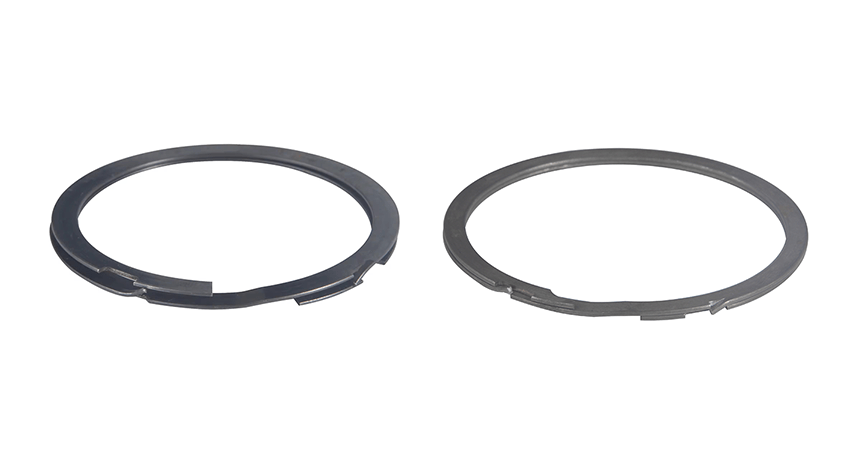
Self locking retaining ring integrate small size, easy installation and safety. They have grooves and notches around the inner diameter or outer diameter, and can firmly fix the ring in position even under vibration or dynamic loads.
Self locking retaining ring do not require grooving on the shaft and are an ideal choice for applications that require extremely low thrust loads. This type of ring has various configurations for positioning forks or recesses on the shaft or hole to maximize uniformity and gripping force to handle loads.
Self locking snap rings are easy to install. Just push them into the component until they are secure. Since no grooves are required during installation, self locking snap rings can save processing time and total cost. Once installed, the self locking snap rings in this category cannot be easily disassembled, so they are both worry-free and safe.
The self locking principle of self locking retaining ring is based on the following several mechanical effects:
- Friction: By increasing the friction force between two objects, it achieves self locking. In threaded structures, the inclination angle of the thread and the friction coefficient can determine whether it is self-locking.
- Inclined plane angle: When an object is placed on an inclined plane and receives an external force, at a specific angle, the inclined plane will generate an upward force to fix the object in its position.
- Elastic force: Utilizing the principle of elastic force, such as springs that can generate force to make the object self-lock.
- Inertial force: By using the inertia of the object, it locks itself. For example, rotating objects can be self-locked by centrifugal force.
Self locking snap rings are widely used in various fields and scenarios, including but not limited to:
- Electronic devices: Self locking devices can be used for fixation and connection in electronic devices.
- Mechanical engineering: To ensure the safe and stable operation of mechanical equipment in mechanical assembly. For example, self locking devices are adopted in the threaded connections of bicycles, nuts and screws of automobiles, etc.
- Construction engineering: It is used for connecting and fixing structural components to ensure the stability and safety of buildings. The high-strength bolts used in steel structures adopt self-locking devices.
When choosing self locking snap rings, relevant parameters and requirements need to be considered, such as maximum torque, material strength and corrosion resistance, etc. In addition, the correct installation and maintenance of the retaining rings are also very important to ensure their long-term reliable operation. Lubricant needs to be applied during installation to reduce friction and improve installation efficiency.
Self locking snap rings, as an important mechanical part, play an irreplaceable role in ensuring assembly stability and safety. By understanding the relevant knowledge of self-locking snap rings, it is possible to better select and use self-locking snap rings, improve production efficiency and reduce the risk of failure.
